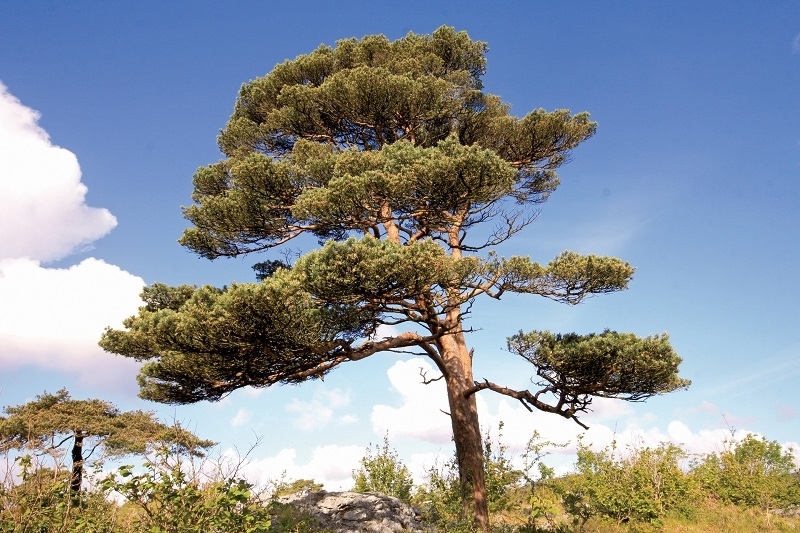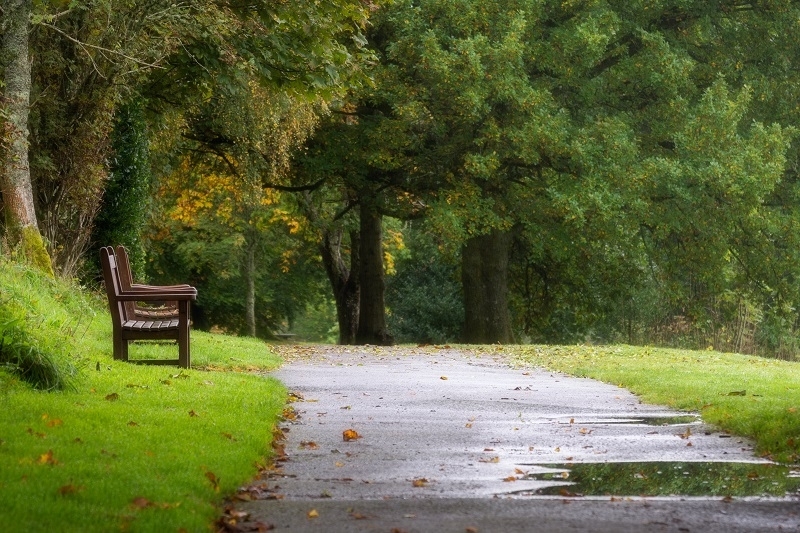The Real Names of Britain’s Favourite Trees
Published: 29/03/21 By: Mike Bekin
Lockdown is an ideal time to enjoy the beauty of nature. Today, we’re going to take a look at some of the most popular trees native to Britain. Read on to learn their intriguing botanical names and some additional fascinating facts.
But first… How do we name our trees and plants?
Trees across the globe are named with a hierarchical Latin process, which has been in use for hundreds of years. Within this system, there are three parts, or ‘levels’. These are Genus, Species, and Cultivar.
The botanical names of trees are always written in this way, with the first word (the Genus) being capitalised and the full name (the Genus and the Species) being italicised.
The cultivar relates to the ‘cultivated variety’ of the plant, which is often found though humans growing new types of plant. This is also referred to as the subspecies and it is not included within the botanical name.
1) The Alder Tree
 Also known as the Common Alder or Black Alder, the Alder tree is native to many European locations as well as south-west Asia and northern Africa.
Also known as the Common Alder or Black Alder, the Alder tree is native to many European locations as well as south-west Asia and northern Africa.
Its botanical name is Alnus glutinosa (‘glutinosa’ refers explicitly to the trees shoots and young leaves being sticky). Originally, the Alder’s botanical name was Betula alnus and was then changed to Betula glutinosa. This was because they were believed to be of the same Genus as Birch trees.
The colour of its timber is a light red-brown. With age, it can become much darker and grow into a deeper red tone. Its grain is typically straight but can be irregular depending on the initial growth of the tree.
Some of the common uses of Alder wood include plywood, charcoal (specifically for gunpowder), and turned items.
2) The Scots Pine
 Referred to as the Scots Pine in the UK, the Scotch Pine in the US, and occasionally even the Baltic Pine, it is native to most of Eurasia, all the way from Western Europe right to Eastern Siberia.
Referred to as the Scots Pine in the UK, the Scotch Pine in the US, and occasionally even the Baltic Pine, it is native to most of Eurasia, all the way from Western Europe right to Eastern Siberia.
In the Scots Pine’s northern reaches, it can be spotted most commonly 3,300ft+ above sea level, whereas in its southern ranges, it thrives at 3900ft-8500ft above sea level.
It’s botanical name Pinus sylvestris places it within the Pinaceae family which also includes Cedar, Fir, Larch, and Spruce.
There are over 100 sub-species of Pinus sylvestris described in various pieces of botanical literature, but only 4 of these are widely accepted: hamata, mongolica, nevadensis, and cretacea.
The timber of the Scots Pine can differ based on whether it is created from the heartwood (which is often a light red-brown), or sapwood (which can be a pale yellow to practically white colour). Whether heartwood or sapwood, the grain is always straight.
There is a variety of uses for pine wood. At Ecochoice, we offer special thermodified pine decking and cladding, including Abodo (which makes great cladding). There is also a wonderful new type of modified pine, OrganoWood, where Swedish pine is treated with organic compounds (instead of heavy chemicals) to make it more durable. Visit our website to find out more about different cladding and decking options.
3) The White Willow
 The White Willow is a tree native to Europe and Western & Central Asia. It's only common name is derived from the appearance of the underside of its leaves.
The White Willow is a tree native to Europe and Western & Central Asia. It's only common name is derived from the appearance of the underside of its leaves.
It is defined as a Deciduous tree meaning it sheds its Latines at maturity.
The White Willow’s botanical name is Salix alba. The flowers of the tree appear as catkins (also known as ament), which are small cylindrical flower clusters that have either inconspicuous petals or none at all.
This particular tree is known to form a common hybrid with the Crack Willow, also known as the Salix fragilis, to make the Salix x rubens Schrank.
The Salix alba itself has 5 known variants, one of which is another hybrid. These are: caerulea, vitellina, vitellina-tristis, sericea, and Salix x sepulcralis ‘Chrysocoma’.
The timber of the White Willow is a tanned pinkish-brown colour at its heartwood, whereas the sapwood is often a clear yellow-white. Its grain is commonly straight with a uniformed texture across the wood. Some of its common uses include baskets, furniture, and cricket bats.
If you’ve enjoyed our short foray into the world of botanical facts, be sure to let us know! In the meantime, you can find lots of information on our available timbers here, or call us on 0345 638 1340 where we will be happy to assist you.
